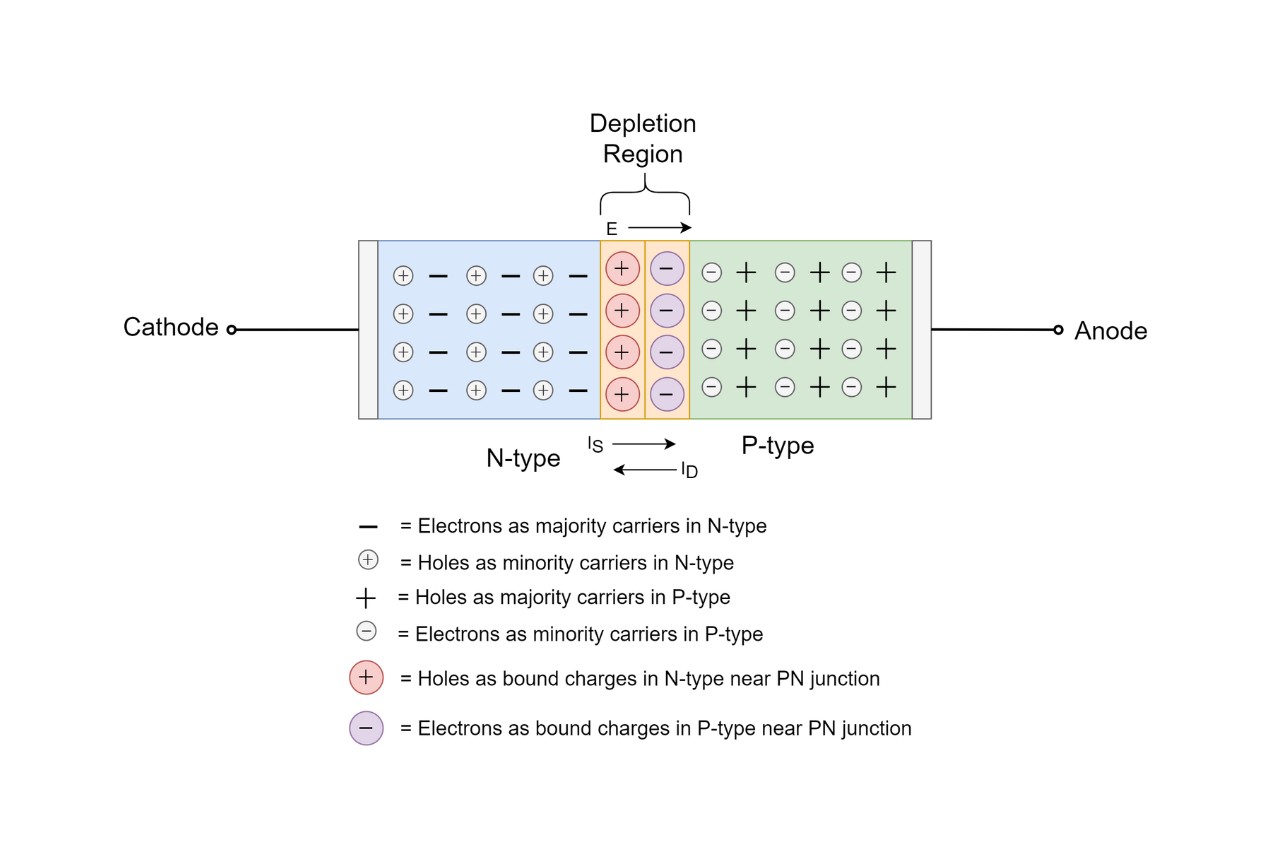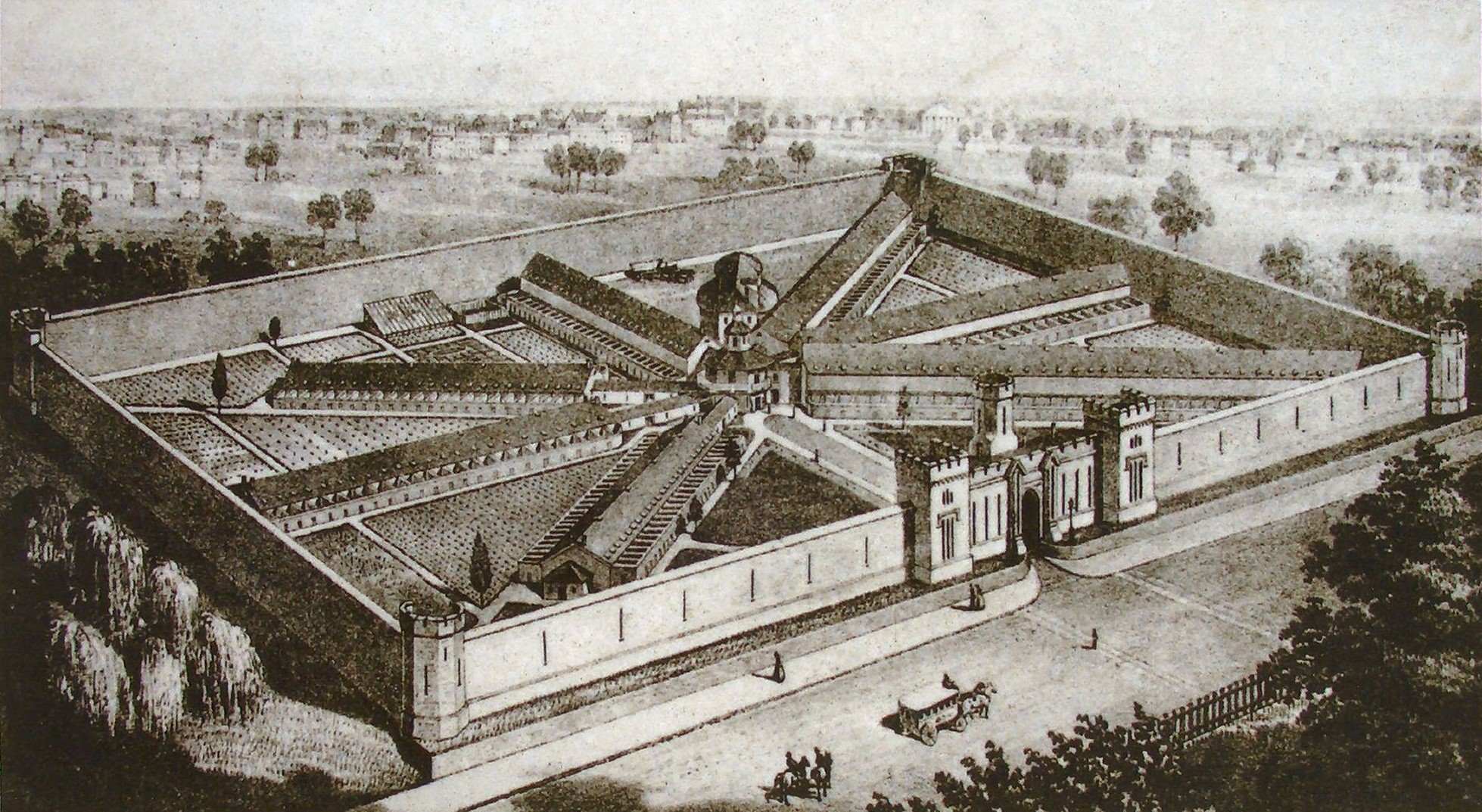
The p-n junction is a fundamental concept in the field of semiconductor technology and plays a crucial role in various electronic devices. It is the boundary between the p-type and n-type regions of a semiconductor material, creating a fascinating interplay of electrical properties. Understanding the p-n junction is essential for comprehending the functioning of diodes, transistors, solar cells, and many other electronic components.
In this article, we will delve into the intriguing world of the p-n junction and explore ten astonishing facts that highlight its significance in modern technology. From its discovery to its applications, these facts will not only expand your knowledge of semiconductor physics but also shed light on the incredible advancements made in the field.
Key Takeaways:
- P-n junctions are like traffic cops for electrons, directing them in one direction and blocking them in the other. This is crucial for making diodes and other electronic devices work.
- P-n junctions are like magic wands in modern technology, powering everything from LEDs that light up our world to solar cells that convert sunlight into electricity.
What is a p-n junction?
A p-n junction is the interface between two types of semiconductor materials: p-type and n-type. The p-type material is doped with impurities that create an excess of holes, while the n-type material is doped with impurities that introduce additional electrons. This junction creates a region where electrons and holes can recombine, forming a depletion region.
The discovery of p-n junctions revolutionized electronics.
The understanding of p-n junctions paved the way for the development of diodes, transistors, and other electronic devices. Without the p-n junction, our modern electronic devices would not exist.
P-n junctions enable the flow of current in a single direction.
One of the most important properties of the p-n junction is its ability to allow current to flow in one direction while blocking it in the opposite direction. This property forms the basis for diodes, which are widely used in rectification and signal modulation.
The size of the depletion region can be controlled.
By applying a reverse bias voltage to the p-n junction, the width of the depletion region can be increased. On the other hand, applying a forward bias voltage reduces the size of the depletion region.
Light-emitting diodes (LEDs) utilize p-n junctions.
LEDs are semiconductor devices that emit light when a current passes through them. They are based on p-n junctions that are engineered to emit photons of specific wavelengths, resulting in the production of different colors of light.
Photovoltaic cells convert light energy into electricity.
Photovoltaic cells, commonly known as solar cells, rely on p-n junctions to convert sunlight into electrical energy. When photons strike the cell, they generate electron-hole pairs, which create a voltage and current flow in the connected circuit.
P-n junctions can be made from various semiconductor materials.
The p-n junction can be formed using a variety of semiconductor materials such as silicon, gallium arsenide, and germanium. Each material has different properties and is suitable for specific applications.
P-n junctions are the building blocks of integrated circuits.
The p-n junction is the key element in the fabrication of integrated circuits, which are the functional cores of modern electronics. Through the controlled arrangement of p-n junctions, intricate electronic systems can be created on a single chip.
P-n junctions exhibit a voltage drop across them.
When current flows through a forward-biased p-n junction, it experiences a voltage drop typically around 0.6 to 0.7 volts for silicon junctions. This voltage drop is a critical characteristic in electronic design.
P-n junctions have diverse applications.
Aside from diodes, transistors, LEDs, and photovoltaic cells, p-n junctions find applications in various fields. These include sensors, lasers, microwave devices, and many more, making them a versatile component in modern technology.
In conclusion, the p-n junction is a fundamental building block of modern electronics. Its unique properties and wide-ranging applications make it a vital component in numerous electronic devices and systems. Understanding the concepts behind p-n junctions is crucial for anyone involved in the field of semiconductor technology.
Conclusion
The p-n junction is a fundamental concept in electronics and has revolutionized various technological advancements. From solar cells to diodes, understanding the p-n junction plays a crucial role in harnessing its potential. Here are 10 astonishing facts about the p-n junction that highlight its significance.1. The p-n junction is formed by bringing together a p-type semiconductor with an excess of positive charge carriers and an n-type semiconductor with an excess of negative charge carriers. This junction creates a barrier that controls the flow of electric current.2. The p-n junction has rectifying properties, allowing the flow of current in one direction while blocking it in the other. This property is vital in diodes, which are essential electronic components used in various applications.3. One of the most remarkable applications of p-n junctions is in solar cells. When photons strike the p-n junction of a solar cell, they generate electron-hole pairs, which create an electric current that can be harvested as solar energy.4. The p-n junction is responsible for the phenomenon of the light-emitting diode (LED). When an electric current passes through the p-n junction of an LED, it emits light. LEDs are widely used in lighting, displays, and electronic devices.5. Another fascinating aspect of p-n junctions is their capacitance. The depletion region formed near the junction acts as a dielectric, creating a capacitor-like effect that can store and release charge.6. The p-n junction exhibits the photovoltaic effect, which is the conversion of light into electricity. This effect is crucial in solar panels and enables the conversion of sunlight into usable electrical energy.7. The breakdown voltage of a p-n junction determines its maximum voltage handling capability. Going above this voltage can lead to an electric current surge and damage the junction. Hence, understanding the breakdown voltage is crucial in designing electronic circuits.8. The p-n junction plays a vital role in the operation of transistors, which are essential components in modern electronic devices and amplifiers. The ability to control the flow of current through the junction is crucial in amplifying and switching electronic signals.9. Through a process called doping, impurities are intentionally added to the semiconductor material to modify its electrical properties. This technique is crucial in creating the p-n junction and tailoring its behavior for specific applications.10. The p-n junction is a fundamental building block in integrated circuits, which are the backbone of modern electronic devices. By combining multiple p-n junctions, complex circuits and systems can be created on a single semiconductor chip.In conclusion, the p-n junction is a fascinating and essential concept in the field of electronics. Its rectifying, photovoltaic, and capacitive properties make it a versatile and powerful tool in various technological applications. Understanding the p-n junction’s behavior opens up a world of possibilities in designing and developing innovative electronic devices.
FAQs
Q: What is a p-n junction?
A: A p-n junction is formed by bringing together a p-type semiconductor and an n-type semiconductor, creating a barrier that controls the flow of electric current.
Q: What is the purpose of a p-n junction?
A: The p-n junction has rectifying properties, allowing the flow of current in one direction and blocking it in the other. It is used in diodes and various electronic devices.
Q: How does a p-n junction work in solar cells?
A: When photons strike the p-n junction of a solar cell, they generate electron-hole pairs, creating an electric current that can be harnessed as solar energy.
Q: Can you explain the photovoltaic effect of a p-n junction?
A: The photovoltaic effect is the conversion of light into electricity. It enables solar panels to convert sunlight into usable electrical energy.
Q: What is the importance of the breakdown voltage in a p-n junction?
A: The breakdown voltage determines the maximum voltage the p-n junction can handle. Going above this voltage can cause damage to the junction.
Q: How does a p-n junction function in transistors?
A: Transistors utilize the ability of the p-n junction to control the flow of current. This property is essential for amplifying and switching electronic signals.
Q: What is the role of doping in p-n junctions?
A: Doping is the process of intentionally introducing impurities into the semiconductor material to modify its electrical properties and tailor the behavior of the p-n junction.
Q: How are p-n junctions used in integrated circuits?
A: P-n junctions are key components in integrated circuits, which are the basis of modern electronic devices. By combining multiple p-n junctions, complex circuits and systems can be created on a single chip.
Q: Can a p-n junction emit light?
A: Yes, a p-n junction can emit light. This property is utilized in light-emitting diodes (LEDs) used in various lighting and display applications.
Q: How does the capacitance of a p-n junction work?
A: The depletion region formed near the p-n junction acts as a dielectric, creating a capacitor-like effect that can store and release charge.
Exploring p-n junctions is just the beginning of your fascinating journey into the world of electronics. Dive deeper into the field by discovering 15 captivating facts about electrical engineering, uncovering the inner workings of diodes, and mastering the art of circuit design. Each topic offers a unique perspective on the complex and intriguing realm of electronic devices, promising to expand your knowledge and ignite your curiosity. Embark on this exciting adventure and unlock the secrets behind the technology that shapes our modern world.
Was this page helpful?
Our commitment to delivering trustworthy and engaging content is at the heart of what we do. Each fact on our site is contributed by real users like you, bringing a wealth of diverse insights and information. To ensure the highest standards of accuracy and reliability, our dedicated editors meticulously review each submission. This process guarantees that the facts we share are not only fascinating but also credible. Trust in our commitment to quality and authenticity as you explore and learn with us.


